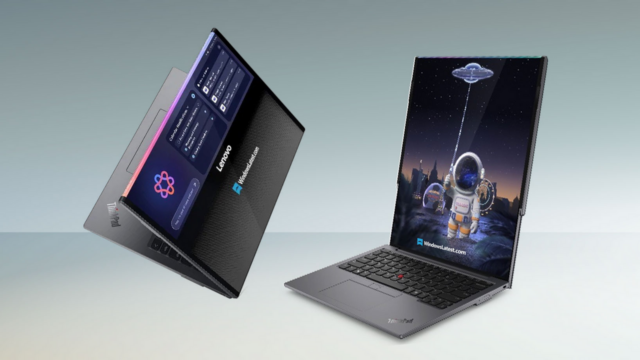Apple has taken a significant step forward in display technology with the new iPhone 17 series. All models in the series feature the highly acclaimed anti-reflective screen technology used in the 25 Ultra, which was popularized last year by Samsung’s flagship Galaxy S24 Ultra. However, Apple, unlike Samsung, has made a difference by extending this feature to the entire series. Here are the details.
Anti-Reflective Displays on iPhone 17 Models
The newly introduced iPhone 17, iPhone 17 Air, iPhone 17 Pro, and iPhone 17 Pro Max all feature OLED displays with a 120Hz variable refresh rate and brightness up to 3,000 nits. Manufactured by LG Display and Samsung Display, these panels are protected by a special layer Apple calls Ceramic Shield 2.

This layer offers anti-reflective properties similar to the Corning Gorilla Armor glass on Samsung’s Galaxy S24 Ultra and Galaxy S25 Ultra. Anti-reflective screens significantly reduce glare and reflections from light sources, allowing for a much clearer and more comfortable viewing of screen content.
Samsung previously used anti-reflective glass technology only on the top-tier “Ultra” models of the Galaxy S series. Apple, however, has integrated this feature into the entire iPhone 17 series, ensuring a better screen experience for every new iPhone purchaser.
This move further underscores Apple’s strategic focus on spreading high-end features across its entire product line. It’s believed Samsung missed a significant opportunity by not including this feature in its base and Plus models.
In fact, it’s reported that the Galaxy S26 Pro and Galaxy S26 Edge will also lack this technology. Samsung’s new focus in this area is an AI-powered privacy screen. Rumors suggest that when activated, this new technology prevents nearby users from seeing the content on your phone’s screen.
So, what are your thoughts on this feature? Share your thoughts in the comments.













